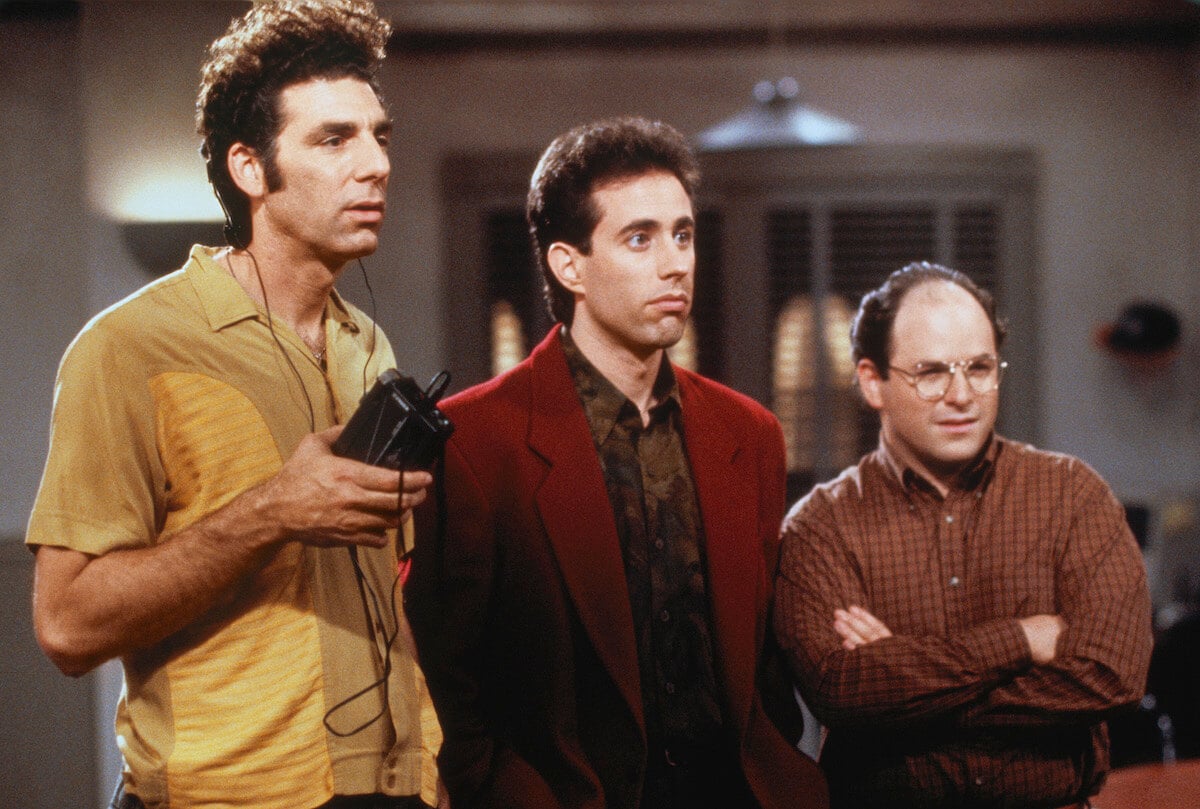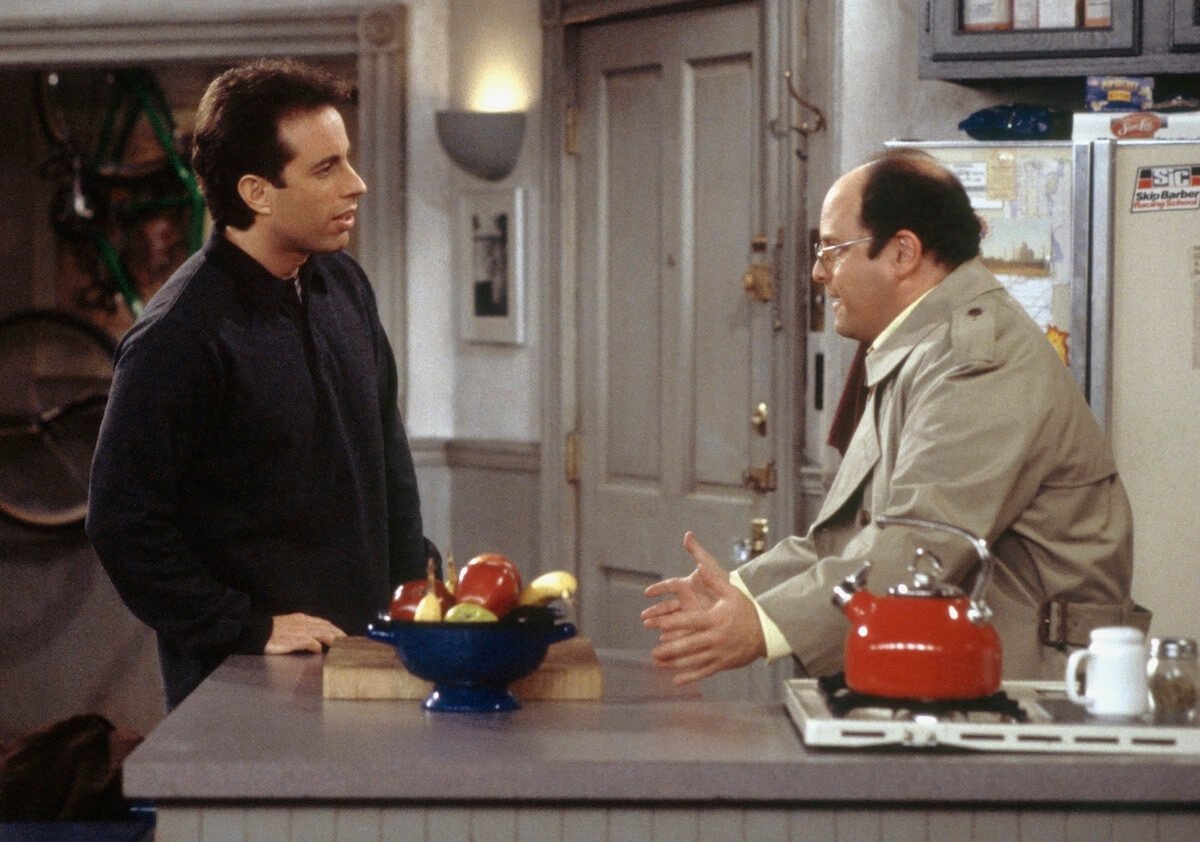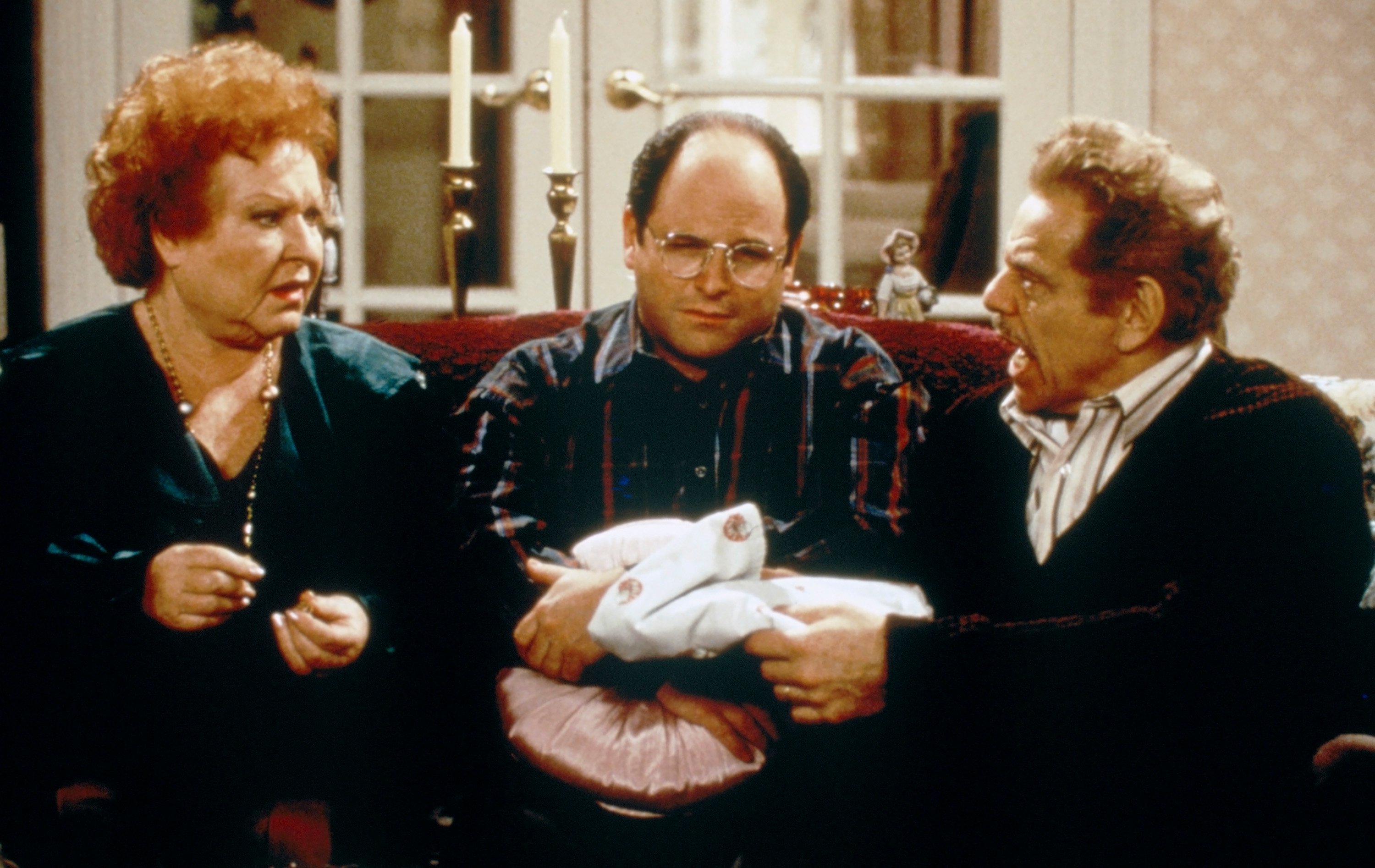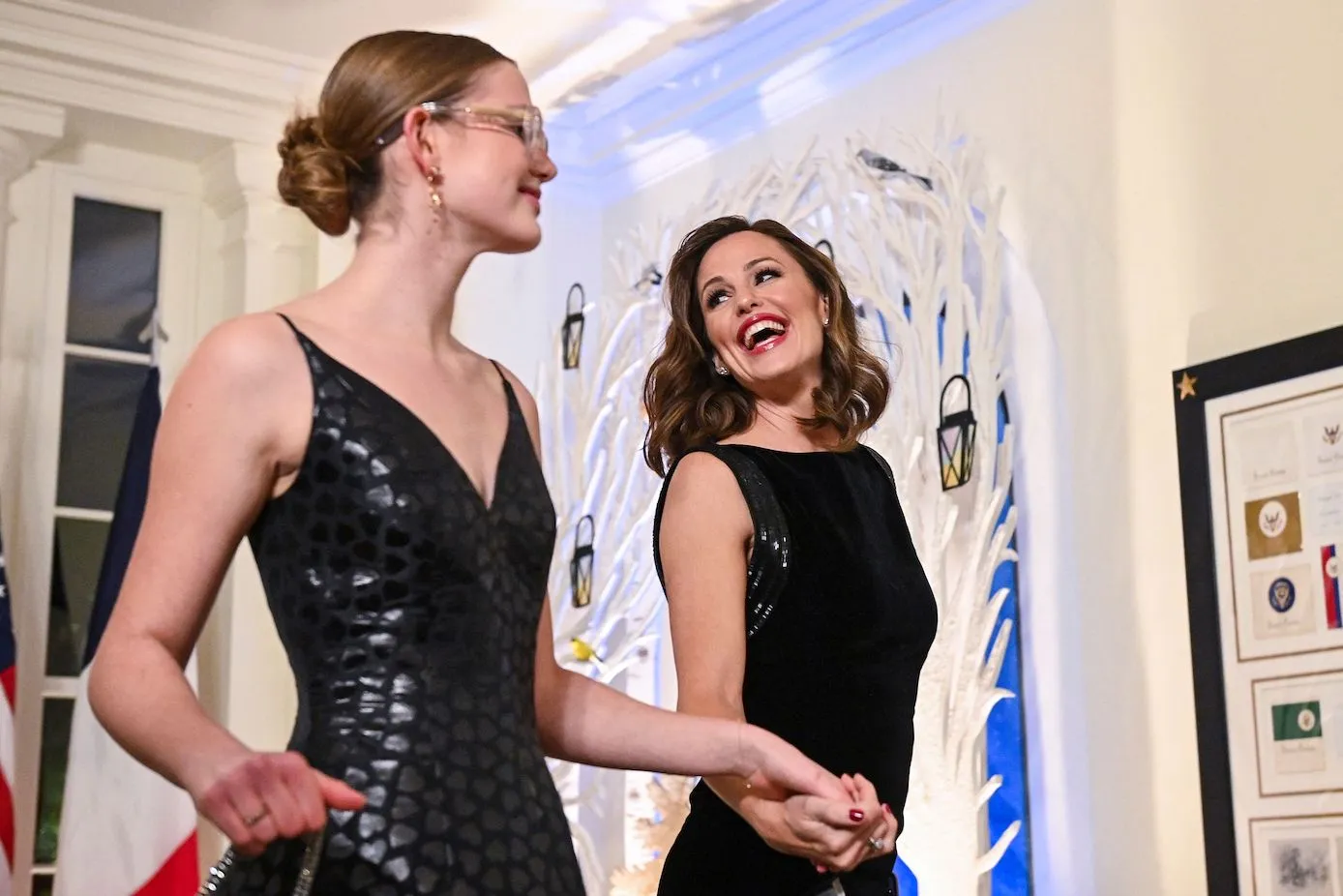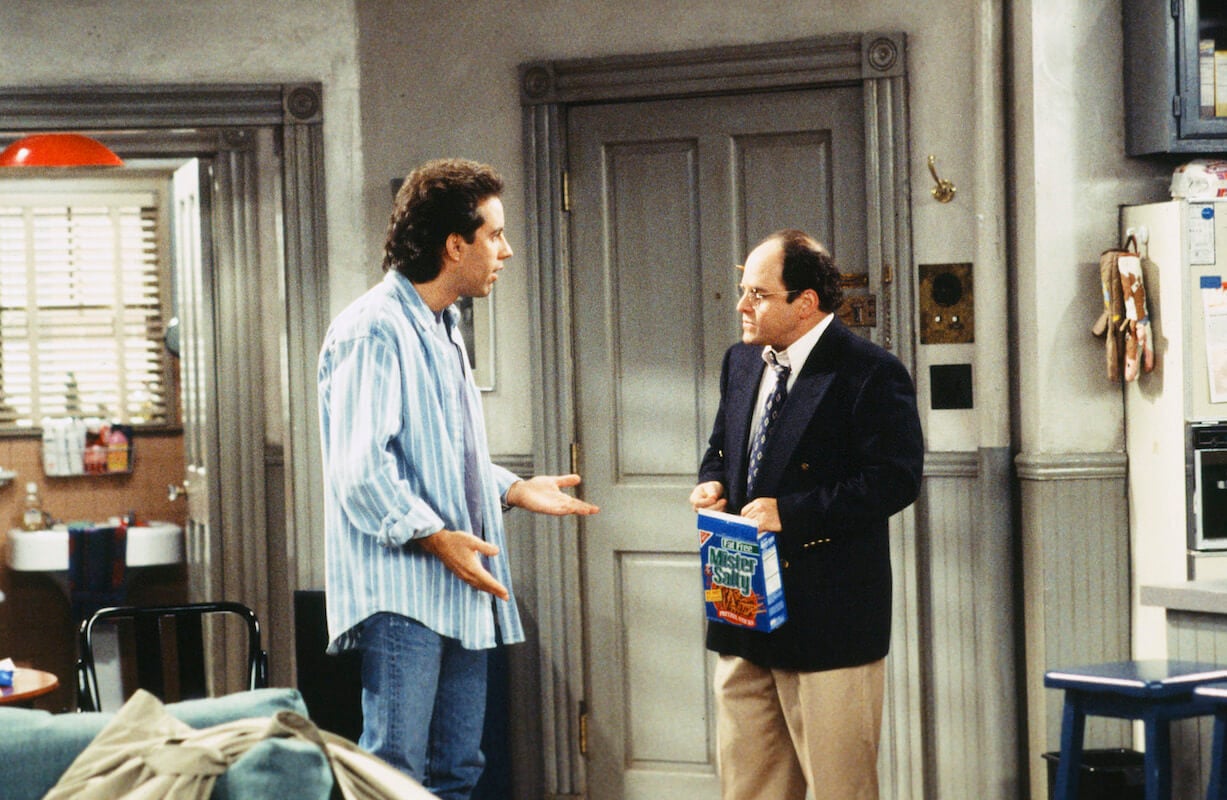
‘Seinfeld’ Never Would Have Aired if Not for 1 TV Guide Critic
Seinfeld became one of NBC’s most lucrative shows. They even offered Jerry Seinfeld $5 million per episode to do a 10th season, but he passed. But just getting a first season was a fluke. Jason Alexander, who played George Costanza, remembered NBC wasn’t even going to continue after the pilot until TV Guide saw it. Thanks to that TV Guide writer, Seinfeld lived to be featured in TV Guide listings every week.
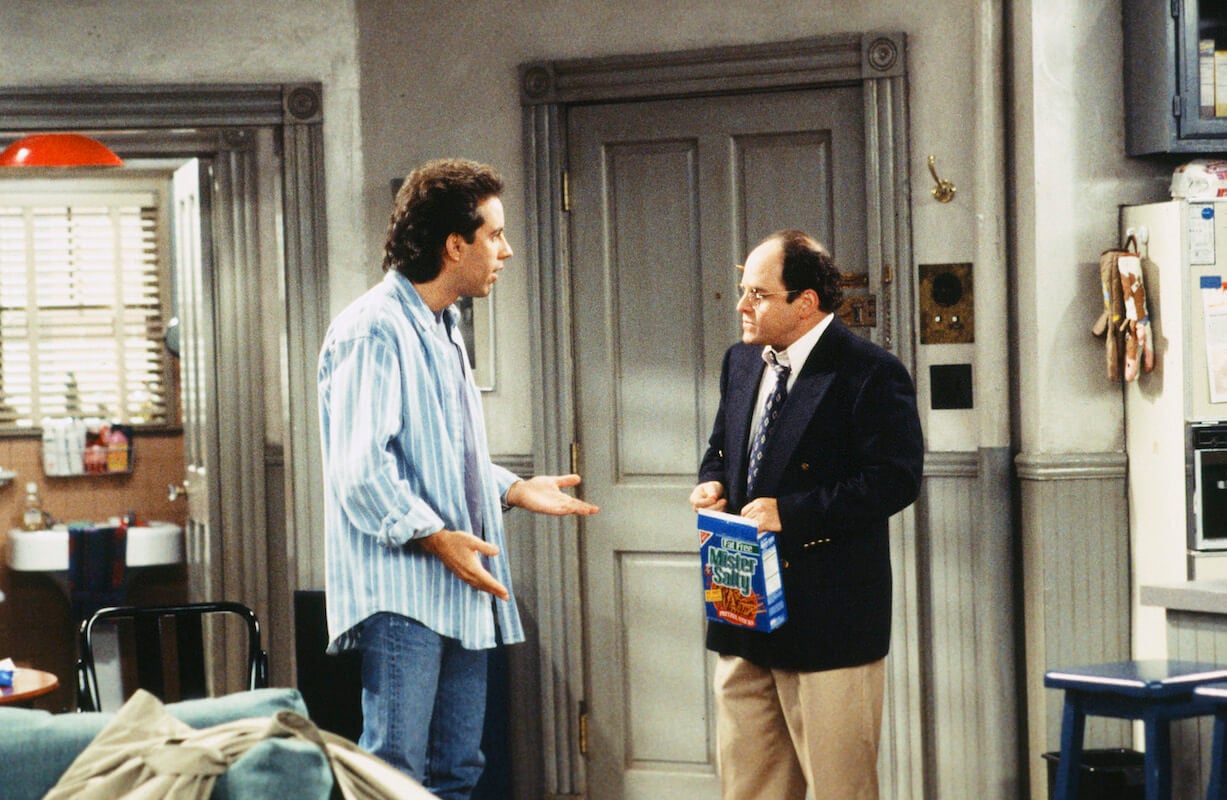
Alexander was a guest on The Adam Carolla Show podcast on Feb. 23 to talk about his own podcast Really? No, Really. He may not be talking to Carolla about a podcast today were it not for the kindness of TV Guide’s critic in 1989.
TV Guide reviewed the 1 ‘Seinfeld’ episode NBC agreed to air
In the late ‘80s, Seinfeld was another comedian with a network deal. Like Roseanne Barr and Bill Cosby before him, Seinfeld developed a TV show around his standup act. The episodes even opened with bits of Seinfeld standup until season 7. But, NBC wasn’t impressed. They only put the pilot on the air to fill a timeslot.
“My memory is, and I’m old now so memory is a funny thing, my memory is we did the pilot and it didn’t get picked up,” Alexander said on The Adam Carolla Show. “In those days, the network would burn off their dead pilots by just filling a half-hour slot. They did that and the critic for TV Guide, I think it was TV Guide, wrote a love letter about it. It kind of made the network go, ‘Well, by gosh, maybe we missed something.’”
TV Guide got ‘Seinfeld’ 4 more episodes
TV Guide only has so much pull. NBC agreed to make a season, but a short season. The first season of Seinfeld, then called The Seinfeld Chronicles, had only five total episodes.
“And they wanted to be in business with Jerry,” Alexander continued. “They knew they had something with Jerry. So they gave us enough of a budget to do four more episodes. That’s when Julia [Louis-Dreyfus] came on. There was no Elaine on the pilot. We did four more and they tested those. They tested terribly but they aired them.”
A unique audience demographic kept the show alive
Seinfeld would eventually become a watercooler show where people talked about it at work the day after it aired. Before it was that popular, just the right type of people watched early Seinfeld Chronicles to make it viable for NBC.
There was always enough of an audience with the demographic that Jerry and I basically represented. It was guys 18 – 35 who don’t watch TV except for sports but they would watch our show. They got it and so advertisers would go, yeah, we’ll throw some dollars behind that. We always had some interest from advertisers which is what kept us alive long enough to try and get popular, but NBC didn’t know what to do with us. They threw us all over the schedule. If you wanted to watch the show you had to go find it until I think the third season when they put us on after Cheers and that gave us an audience. We were able to build off of that.
Jason Alexander, The Adam Carolla Show, 2/23/23
